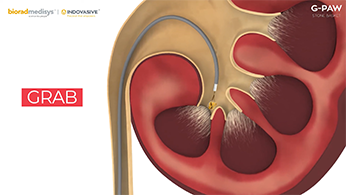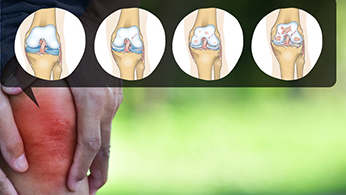Pain and swelling are common after-math of any surgical procedure. Though not completely avoidable, modern medicine and advent of technology have simplified the management of these adverse sequelae.
The body’s healing process or inflammation is usually attributed for the development of pain and swelling. Reducing it with the help of medication, physical therapy and simple home remedies can bring symptomatic relief. This blog explains various techniques that can ease your life after total knee replacement surgery.
- Managing Pain: The first few hours after surgery are relatively painless as the surgeon uses an anaesthetic to provide comfort. Once it wears off, the pain medications given orally or intra-venous are helpful. Depending on the severity of pain, opioids or nonsteroidal anti-inflammatory drugs (NSAIDs) may be given. Medication maybe continued for several weeks as per your comfort and requirement. Topical ointments and creams containing capsaicin, menthol, or salicylates also provide comfort. TENS (Transcutaneous Electrical Nerve Stimulation) is helpful in pain reduction and stimulation of blood flow to the operated area. Physical therapy and massages can go a long way in pain management.
- Managing Swelling: Swelling after knee surgery can last for three to six months. This can be brought down by post-operative exercises, leg-elevation on a pillow for 1-2 hours/day, and using ice packs 3-5 times/day for 20 minutes each.
- Managing Bruising: Bruising typically manifests as purplish discoloration lasting 1-2 weeks after surgery. This can be controlled by leg-elevation and using ice packs in initial days after surgery.
- Home Remedies: Compression stockings are prescribed as a norm after total knee replacement and can be worn for as long as 6 weeks. They reduce the chances of developing a blood clot and improve the tenderness at the operated site.
Post-operative pain is inescapable, however, with the help of a right mix of medications, physical therapy and home care it can be combatted effectively. Any abrupt increase in pain or restriction in range of motion should be reported to your surgeon as it may be relevant to your recovery.
Keywords:
Orthovasive |Arthroplasty |Knee Joints |Total Knee Replacement
Share: 

















Leave a comment